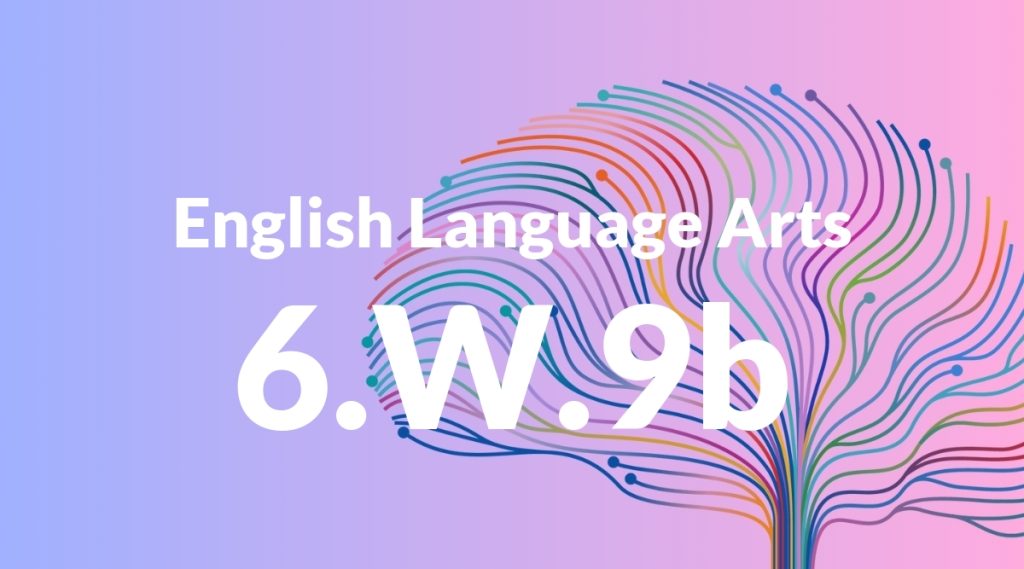Standard: 6.W.9b – Apply grade 6 Reading standards to literary nonfiction (e.g., ‘Trace and evaluate the argument and specific claims in a text, distinguishing claims that are supported by reasons and evidence from claims that are not’).
Grade level: Grade 6
Subject: English Language Arts
Domain: Writing
Teacher Overview
This standard focuses on helping students evaluate arguments and specific claims in literary nonfiction, distinguishing between those supported by evidence and those that are not. This skill is crucial for developing critical thinking and analytical abilities, which are essential for academic success and informed citizenship. Ensure students understand the components of an argument and can differentiate between fact and opinion. Use simple texts to practice identifying claims, reasons, and evidence.
After mastering this standard, students will be able to critically evaluate more complex arguments and claims, enhancing their analytical and reasoning skills.
Common Misconception 1
A common misconception is that all claims in a text are equally valid. This is incorrect because claims need to be supported by evidence to be credible.
Intervention 1
Use guided practice with texts that clearly distinguish between supported and unsupported claims. Encourage students to ask questions about the evidence provided.
Common Misconception 2
Another misconception is that personal opinions can substitute for evidence in supporting a claim. This is incorrect because evidence must be factual and verifiable.
Intervention 2
Provide exercises that require students to back up claims with factual evidence. Discuss the difference between opinion and evidence in various contexts.
Prerequisite Knowledge
Students should understand the basic structure of an argument, including claims, reasons, and evidence. They should also be familiar with distinguishing between fact and opinion.
Subsequent Knowledge
Students will develop the ability to critically evaluate more complex arguments and claims in diverse texts, enhancing their analytical and reasoning skills.
Instructional Activities
- Analyze and discuss news articles in class.
- Create a chart distinguishing supported and unsupported claims in a text.
- Role-play debates where students must support their arguments with evidence.
- Write essays evaluating the arguments in historical or scientific texts.




